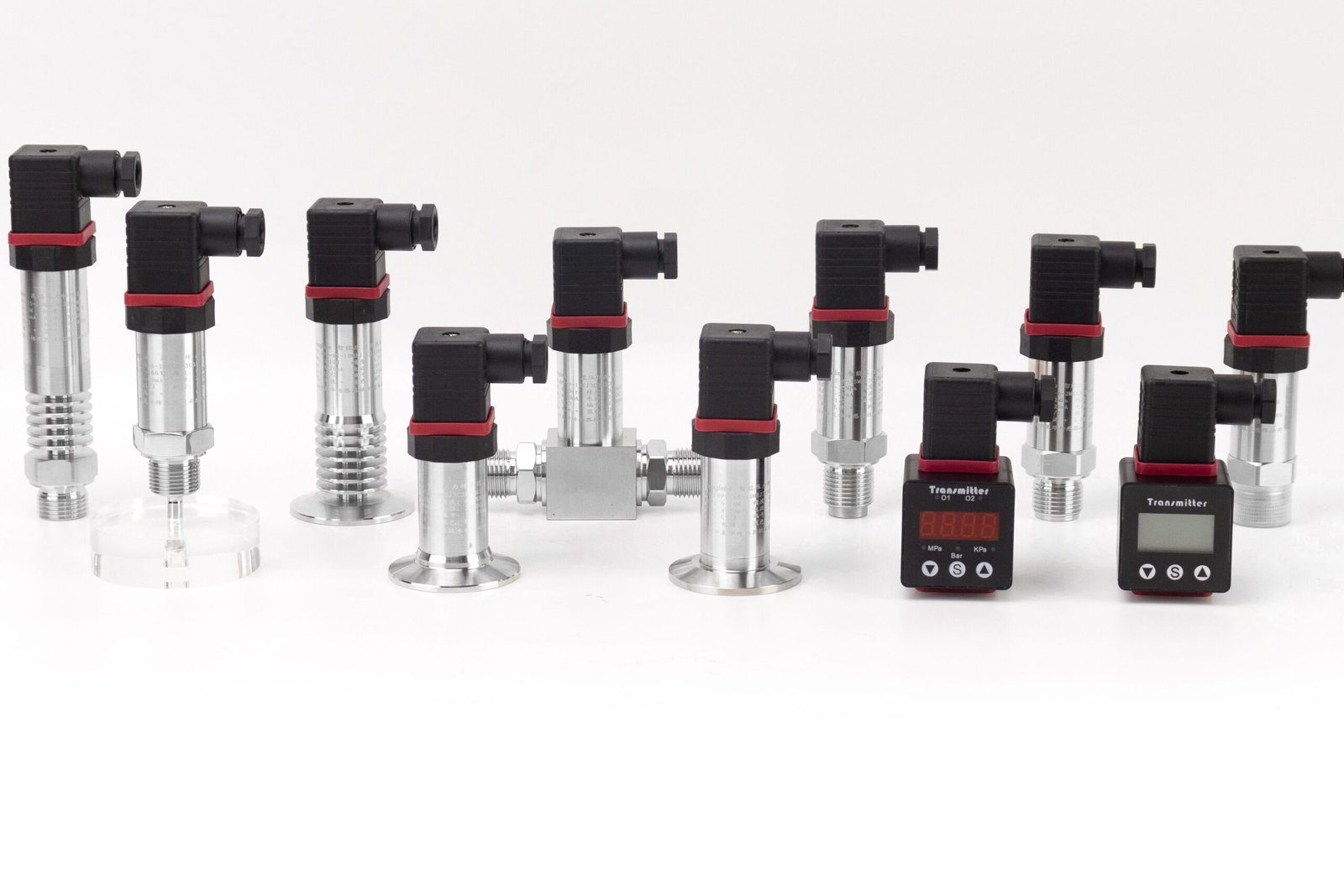Simple self-introduction of pressure transmitter
As a pressure sensor whose output is a standard signal, a pressure transmitter is an instrument that accepts a pressure variable and converts it into a standard output signal in proportion. It can convert the physical pressure parameters of gas, liquid, etc. felt by the load cell sensor into standard electrical signals (such as 4-20mA DC, etc.) to provide secondary instruments such as indicating alarms, recorders, regulators, etc. for measurement and indication And process regulation.
The classification of pressure transmitters
Usually the pressure transmitters we talk about are divided according to the principle:
Capacitive pressure transmitters, resistive pressure transmitters, inductive pressure transmitters, semiconductor pressure transmitters, and piezoelectric pressure transmitters for high-frequency measurement. Among them, resistive pressure transmitters are the most used. The capacitive pressure transmitter takes Rosemount’s 3051S transmitter as a representative of high-end products.
Pressure transmitters can be divided into metal, ceramic, diffused silicon, monocrystalline silicon, sapphire, sputtered film, etc. according to pressure sensitive components.
- Metal pressure transmitter has poor accuracy, but has little temperature influence, and is suitable for areas with a wide temperature range and low accuracy requirements.
- Ceramic pressure sensors have better accuracy, but are more affected by temperature. Ceramics also have the advantage of impact resistance and corrosion resistance, which can be used in the field of response.
- The pressure transmission accuracy of diffused silicon is very high, and the temperature drift is also large, so temperature compensation is generally required before it can be used. Moreover, even after the temperature compensation, the pressure above 125°C cannot be measured. However, at room temperature, the sensitivity coefficient of diffused silicon is 5 times that of ceramics, so it is generally used in the field of high-precision measurement.
- Single crystal silicon pressure transmitter is the most accurate sensor in industrial practice. It is an upgraded version of diffused silicon. Of course, the price is also upgraded. Currently, Yokogawa of Japan is the representative in the field of monocrystalline silicon pressure.
- The sapphire pressure transmitter is not sensitive to temperature changes, and has good working characteristics even under high temperature conditions; sapphire has extremely strong radiation resistance; no pn drift; it can work normally under the worst working conditions and is reliable High performance, good accuracy, minimal temperature error, and high overall cost performance.
- The sputtering thin film pressure transmitter does not contain any adhesive, and it shows higher long-term stability and reliability than the sticky strain gauge sensor; it is less affected by temperature: when the temperature changes 100 ℃, the zero drift is only 0.5%. Its temperature performance is far superior to the diffusion silicon pressure sensor; in addition, it can directly contact with general corrosive media.

